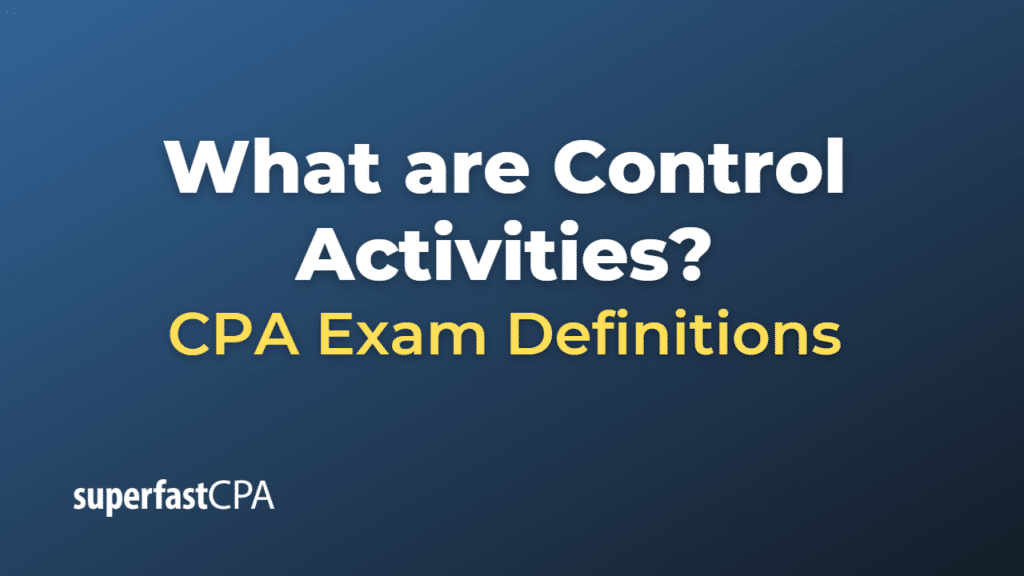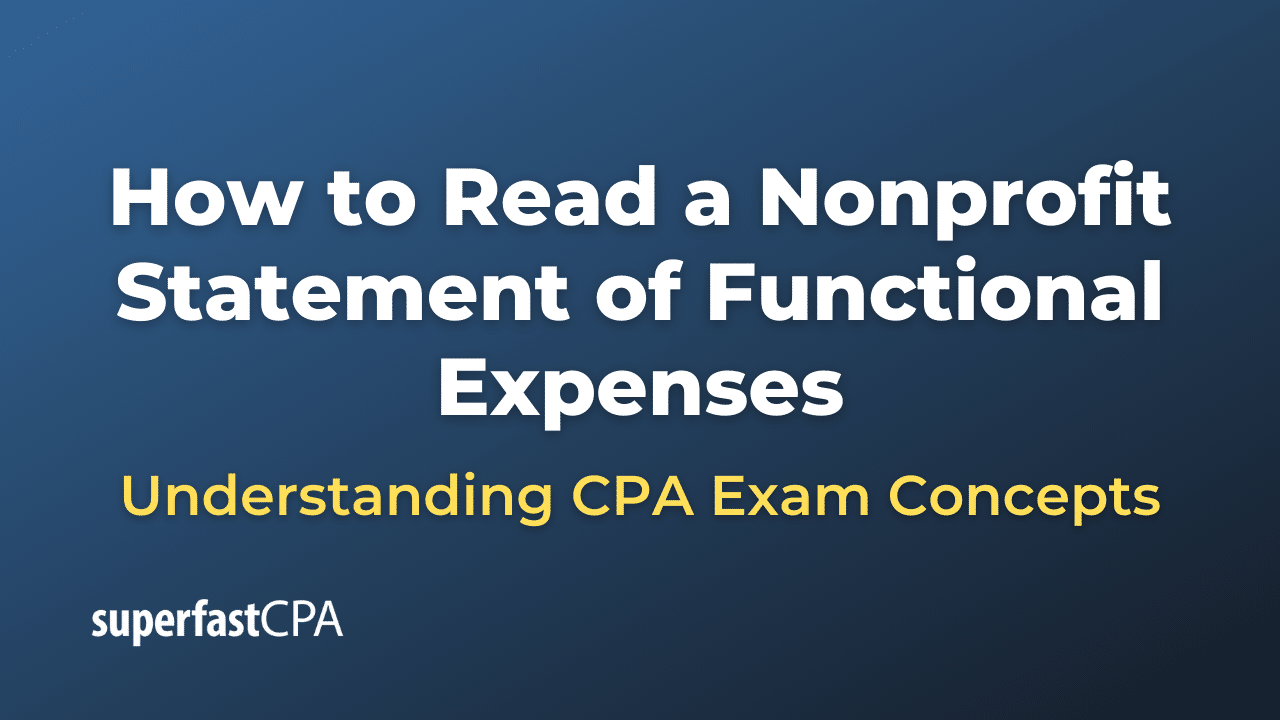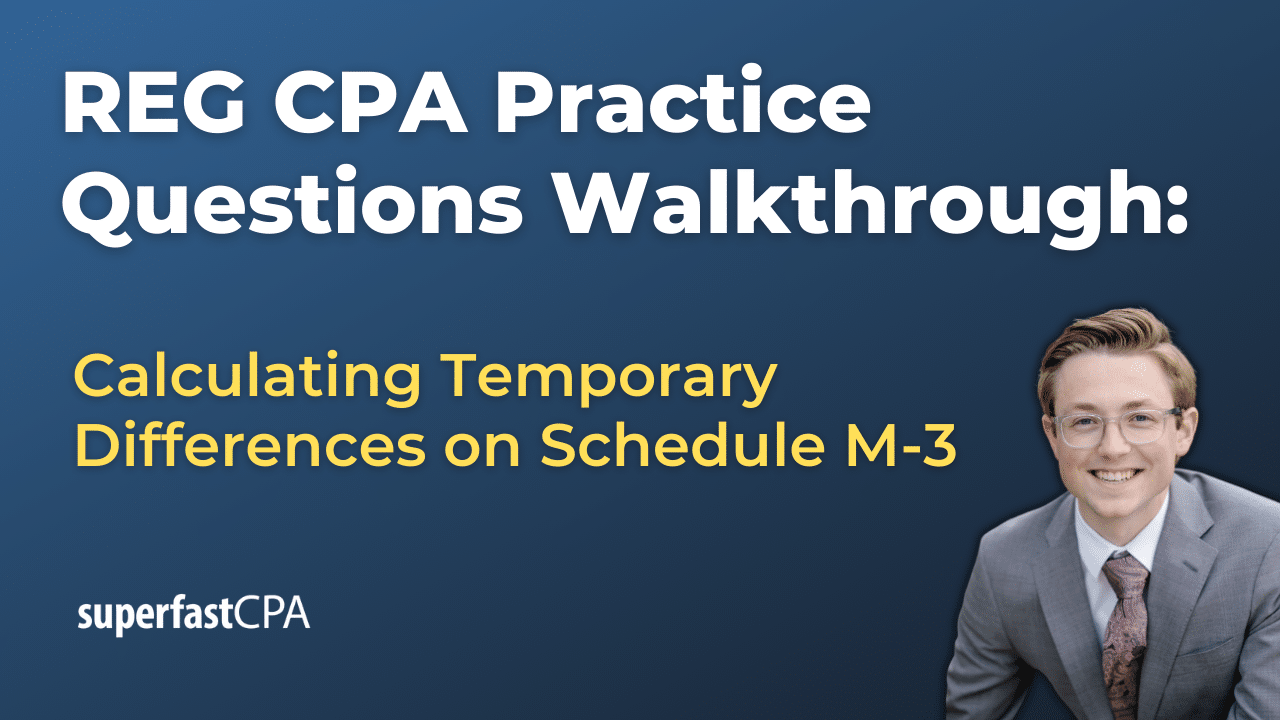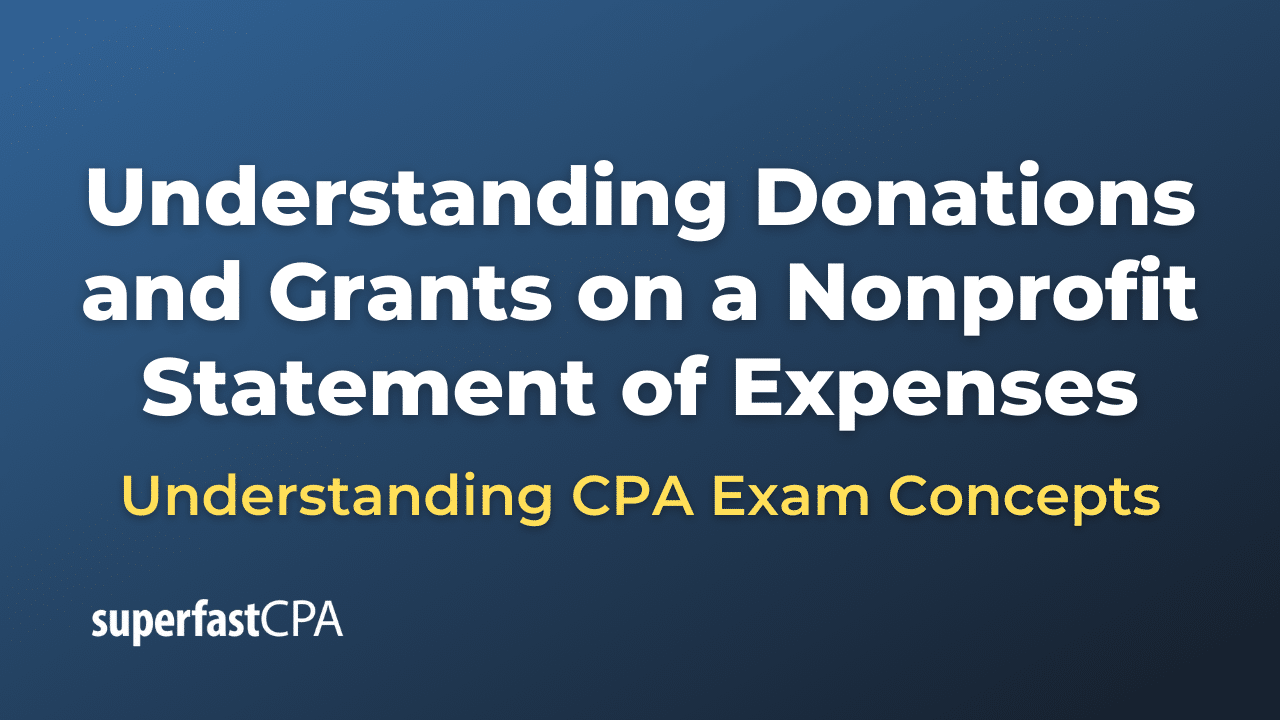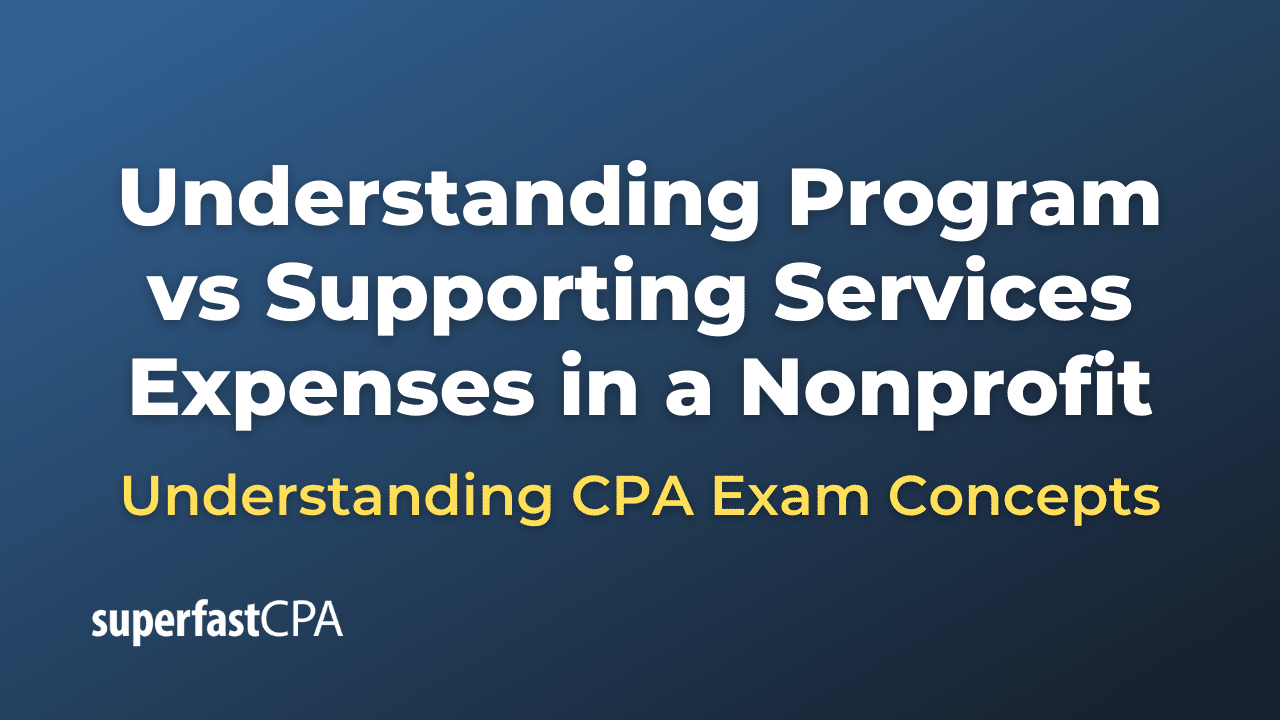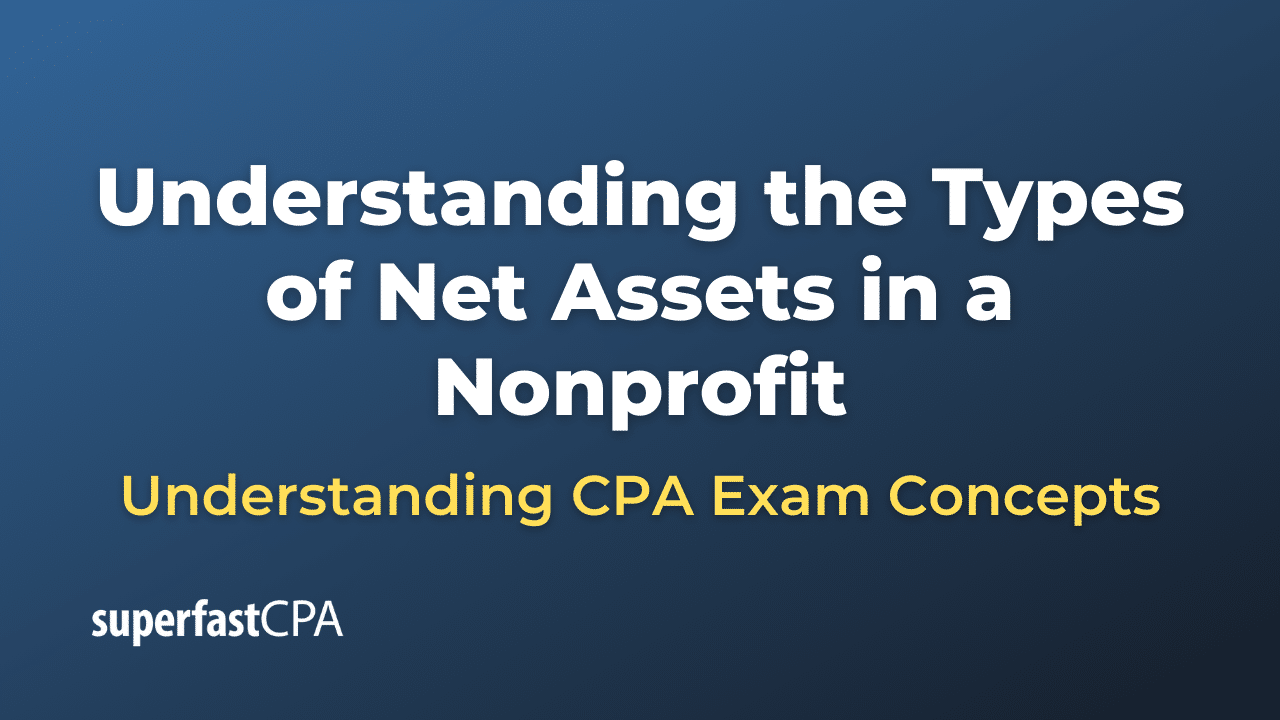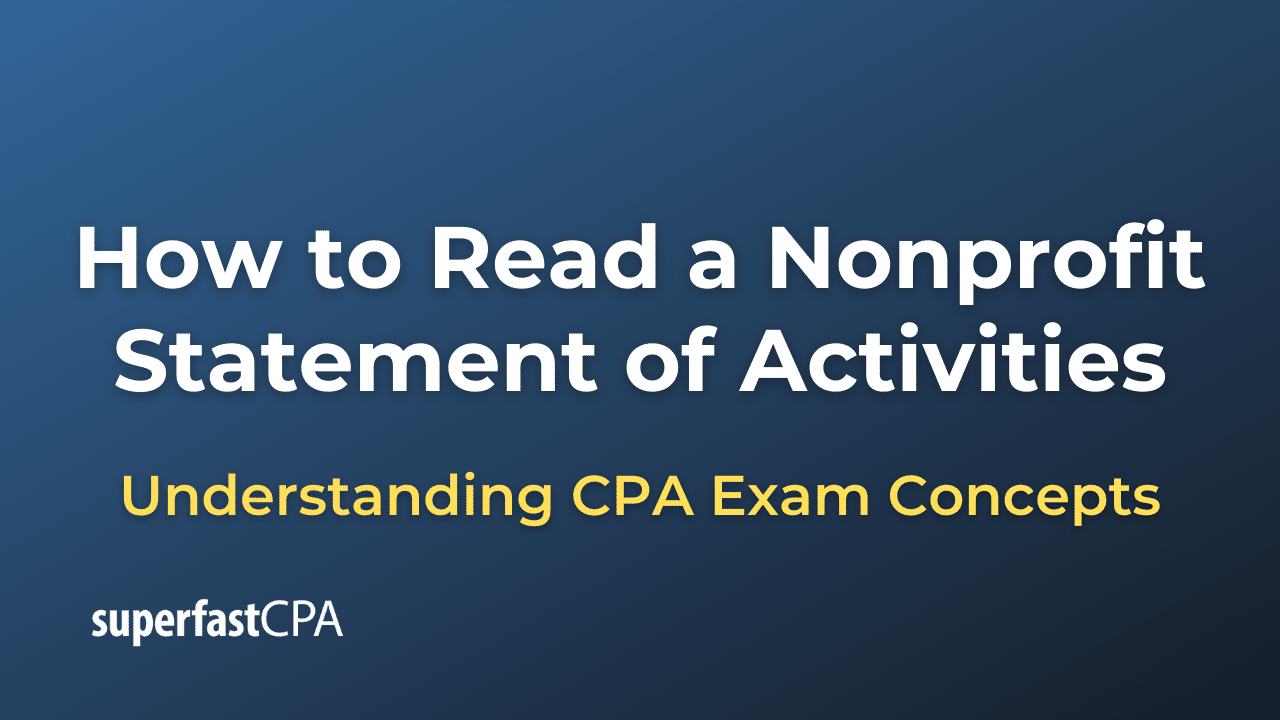Control Activities
Control activities, also known as internal controls or control procedures, are policies, procedures, and mechanisms put in place by an organization to ensure the accuracy, reliability, and integrity of its financial and operational information. They are a critical component of an organization’s internal control system, which is designed to manage risks, prevent fraud, and ensure compliance with laws, regulations, and internal policies.
Control activities serve multiple purposes, including:
- Ensuring the accuracy and completeness of financial records and reporting.
- Safeguarding assets and resources from loss, theft, or unauthorized use.
- Preventing and detecting errors, irregularities, and fraudulent activities.
- Ensuring adherence to internal policies, procedures, and management directives.
- Supporting the achievement of the organization’s objectives and goals.
Examples of common control activities include:
- Segregation of duties: Assigning different tasks to different individuals to reduce the risk of errors, collusion, and fraud. For example, separating the responsibilities for authorizing transactions, recording transactions, and maintaining custody of assets.
- Authorization and approval: Ensuring that transactions are properly authorized and approved by individuals with the appropriate authority level before they are executed.
- Reconciliation and review: Periodically comparing financial records to source documents or external information to identify and correct discrepancies. This includes activities such as bank reconciliations, account reconciliations, and reviews of financial reports.
- Physical and logical access controls: Implementing security measures to restrict access to assets, resources, and sensitive information. Examples include locked storage facilities for physical assets, password-protected systems for electronic information, and access control systems for facilities.
- Documentation and recordkeeping: Maintaining accurate and complete records of transactions, events, and activities, as well as retaining supporting documents and evidence as required.
- Monitoring and supervision: Regularly reviewing and monitoring the performance and activities of employees, departments, and processes to identify potential issues, ensure compliance with policies and procedures, and maintain operational efficiency.
- Employee training and development: Providing training and resources to employees to ensure they have the necessary knowledge and skills to perform their duties effectively and in compliance with policies and procedures.
In summary, control activities are policies, procedures, and mechanisms put in place by an organization to ensure the accuracy, reliability, and integrity of its financial and operational information. They are a critical component of an organization’s internal control system, designed to manage risks, prevent fraud, and ensure compliance with laws, regulations, and internal policies.
Example of Control Activities
Let’s consider a hypothetical example of a retail company that has implemented various control activities to manage risks and ensure the accuracy and reliability of its financial and operational information.
- Segregation of duties: The company assigns different responsibilities to different employees to reduce the risk of errors and fraud. For example, the cashier is responsible for collecting payments from customers and recording sales transactions, while a separate employee is responsible for counting cash and reconciling the cash register at the end of the day. Another employee is in charge of approving refunds and returns.
- Authorization and approval: All purchase orders for inventory and supplies must be approved by a designated manager before they are submitted to suppliers. This ensures that the company only orders necessary items and prevents unauthorized or unnecessary purchases.
- Reconciliation and review: The accounting department periodically compares the company’s financial records, such as sales and inventory records, to source documents and external information to identify and correct discrepancies. For example, the accounting team performs monthly bank reconciliations to ensure that the company’s cash records match the bank statements.
- Physical and logical access controls: The company has implemented security measures to protect its assets and information. Physical inventory is stored in a secure warehouse with restricted access. Only authorized employees have access to the company’s computer systems, which are password-protected and require regular password updates.
- Documentation and recordkeeping: The company maintains accurate and complete records of all financial transactions, inventory movements, and customer interactions. Supporting documents, such as invoices, receipts, and delivery notes, are retained as required.
- Monitoring and supervision: Store managers regularly review sales data, inventory levels, and employee performance to identify potential issues, ensure compliance with policies and procedures, and maintain operational efficiency. They also conduct periodic internal audits to assess the effectiveness of the company’s internal control system.
- Employee training and development: The company provides regular training sessions for its employees to ensure they have the necessary knowledge and skills to perform their duties effectively and in compliance with company policies and procedures.
In this example, the retail company has implemented a variety of control activities to manage risks, prevent fraud, and ensure the accuracy and reliability of its financial and operational information. These control activities contribute to the overall effectiveness of the company’s internal control system and support the achievement of its objectives and goals.

